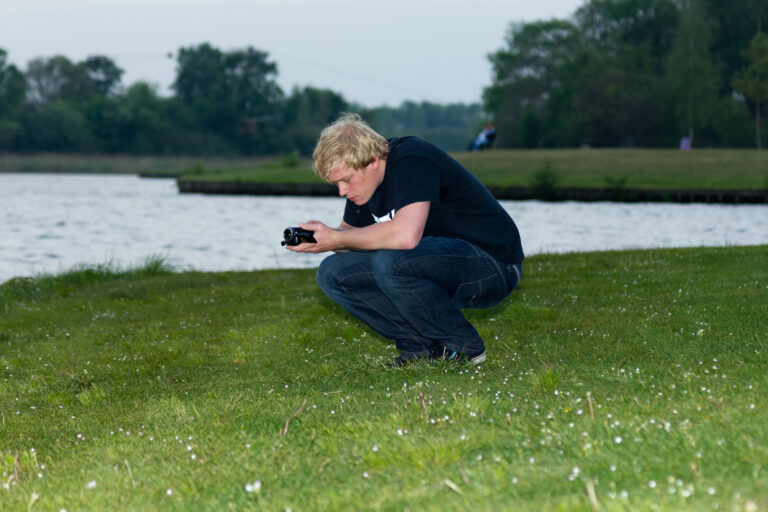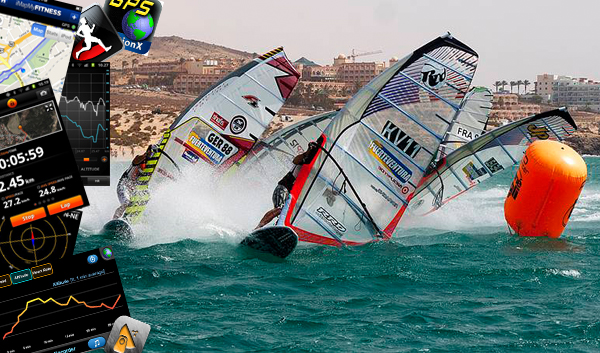Lucy McCormick is a watersports instructor and personal trainer at Lagoon fitness. She will be joining us for a 6 part mini-series looking at windsurfing related problems/conditions to show us how we can make our windsurfing lives easier by improving our health and fitness. What’s more, there is now no excuse for turning up at the beach when things warm-up a little and complaining you are out of shape…

Profile
Lucy McCormick
Who is Lucy – Lucy is running Lagoon fitness, which is based on the south coast at Hove. It offers Stand up paddle board training (SUP), SUP fitness classes, INDO board fitness classes, specific get fit for watersports training and beach based exercise classes.
Profession – Windsurfing instructor, SUP instructor, Personal trainer, System 2 Wakeboard instructor, INDO board fitness instructor.
Years instructing – 5
Sailing in cold water for longer
For those of us lucky enough to be based in the colder climates of the UK you may have noticed its pretty cold right now and that your ability to stay out on the water has decreased. For this reason we will look at how, by busting out a few simple exercises, we can improve our fitness and in turn, stay out on the water for longer.
Windsurfing is a demanding sport that works the majority of muscles in the body. It requires us to have balance, upper and lower body strength, stamina, flexibility and co-ordination, to name a few!
Windsurfing in the cold uses a lot of energy as the cold weather and water makes your body work harder, slows you down and drains your energy, all of which means you will have slower reactions and fatigue more quickly.
As a windsurfer the most important thing we can do, with regards to keeping warm and staying out on the water for longer, is by wearing the appropriate clothing: a good wetsuit, gloves, hood and boots (the full winter gear). The most important thing we can do ourselves to prepare the body is to keep it fit and strong so it is ready for action when the wind kicks in!
By improving your cardiovascular fitness and muscular endurance you will be able to stay on the water for longer without getting fatigued as quickly, and also recover quicker afterwards. I have devised a simple yet effective workout that meets this criteria and can be done every other day, it will work all of your major muscle groups and prepare your body for the physical demands that windsurfing brings.
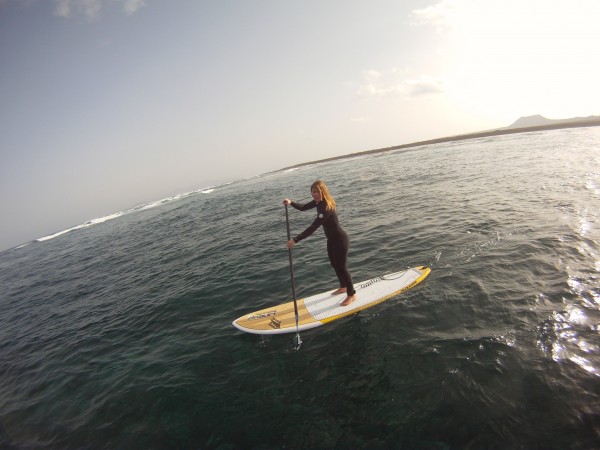
The Workout
This workout is a metabolic routine designed to promote cardiovascular fitness and muscular endurance. It follows a sequence of working the upper body, then lower body, the upper body, then lower body.
If you are just getting back into fitness or you haven’t done much in the past, then decrease the duration of each exercise to a manageable time. It’s really important to get the technique of each exercise right in order to avoid injury, so start by doing each exercise slowly – taking time to get the proper technique and, as you feel more comfortable, speed them up so you increase the intensity of the exercise.
Remember before this routine you must warm up and afterwards cool down.
Complete each of the 4 exercises for 1 minute after which rest for 2 mins – repeat this 4 times (adapt according to fitness level).
This looks simple, but is proper tiring!
REMEMBER TO CONSULT A DOCTOR BEFORE TAKING PART IN ANY PHYSICAL ACTIVITY
Not only is it important to work out between windsurfing, it is of MEGA importance to make sure you warm up and cool down properly before and after taking part in any exercises.
On the day:
Pre Windsurf: Warm up with a short 5 min jog, followed by some stretches – remembering to work muscles across your whole body, including the dynamic stretches pictured below.
Post Windsurf – Cool Down with stretches, which work the whole body.
Below are three different forms of dynamic stretches that can be incorporated into your warm up. Dynamic stretches are awesome for increasing mobility and warming up the body and ready for exercise.
Squat to overhead arm swing with rotation
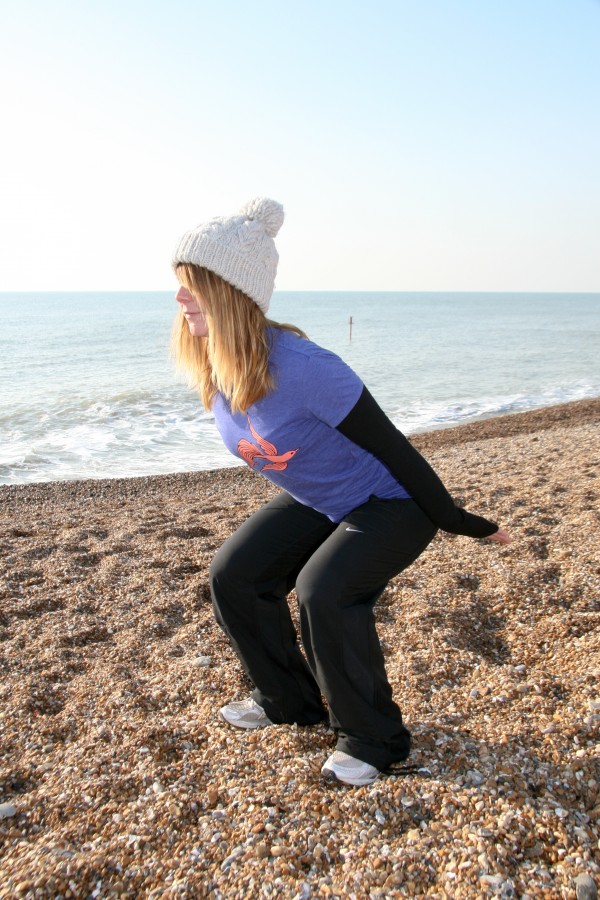
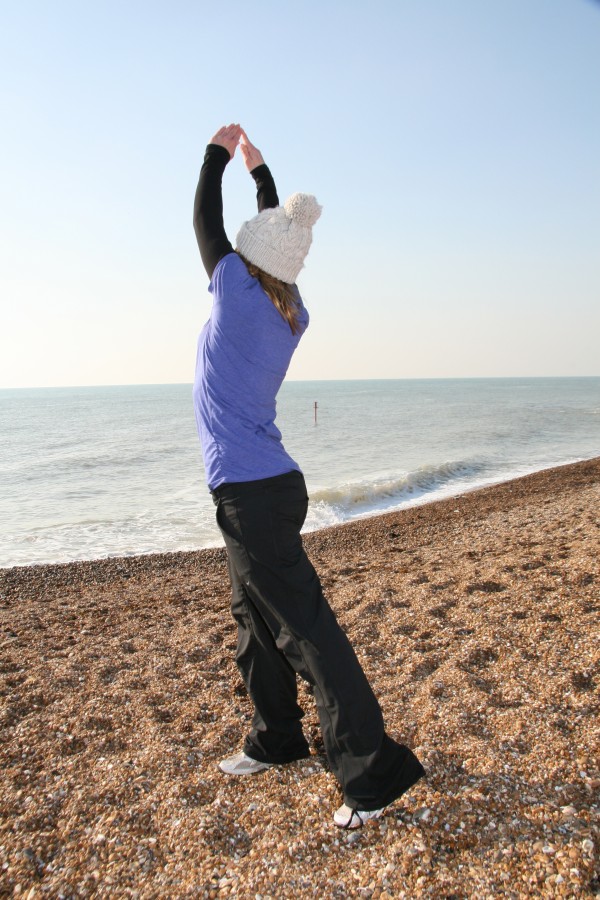
Standing dynamic pectorial stretch
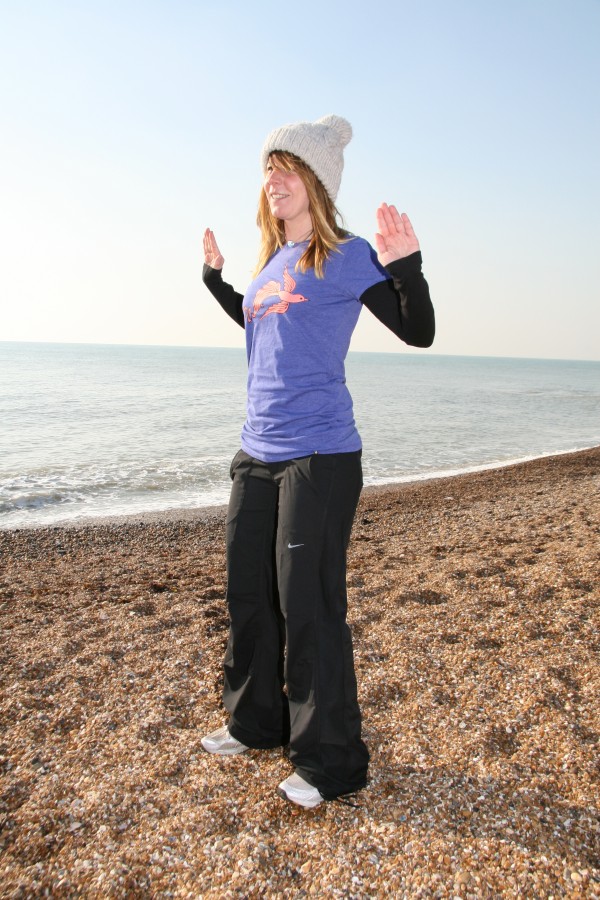
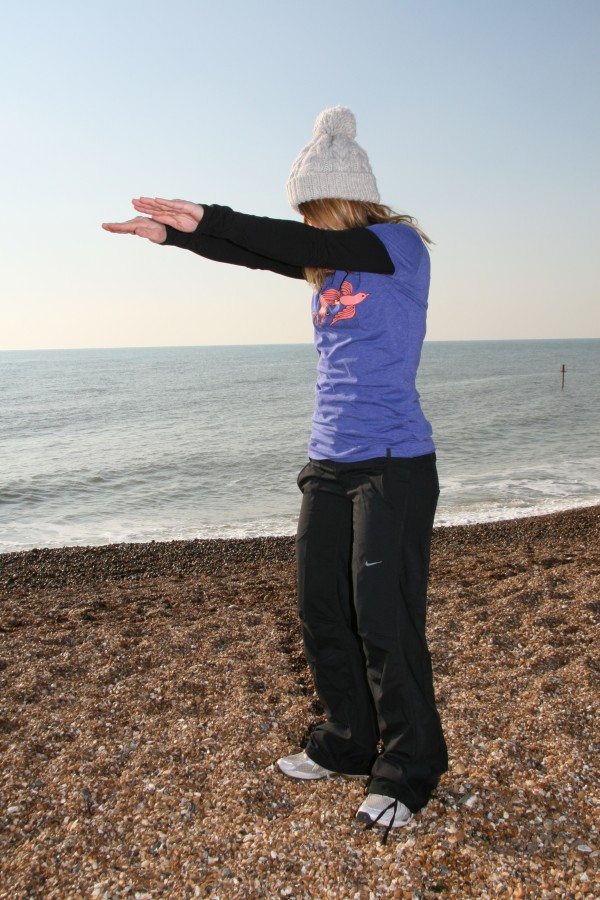
Posterior lunge with overhead reach
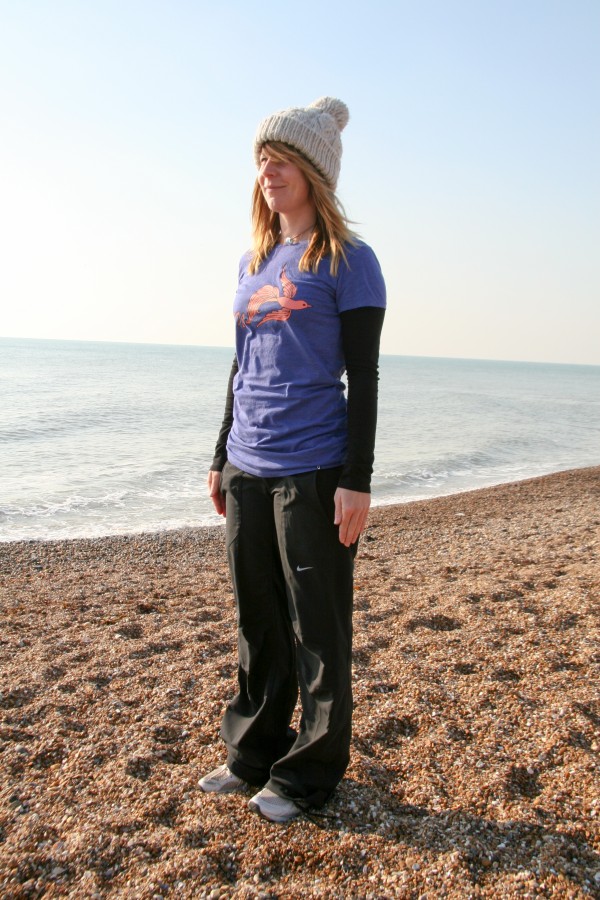
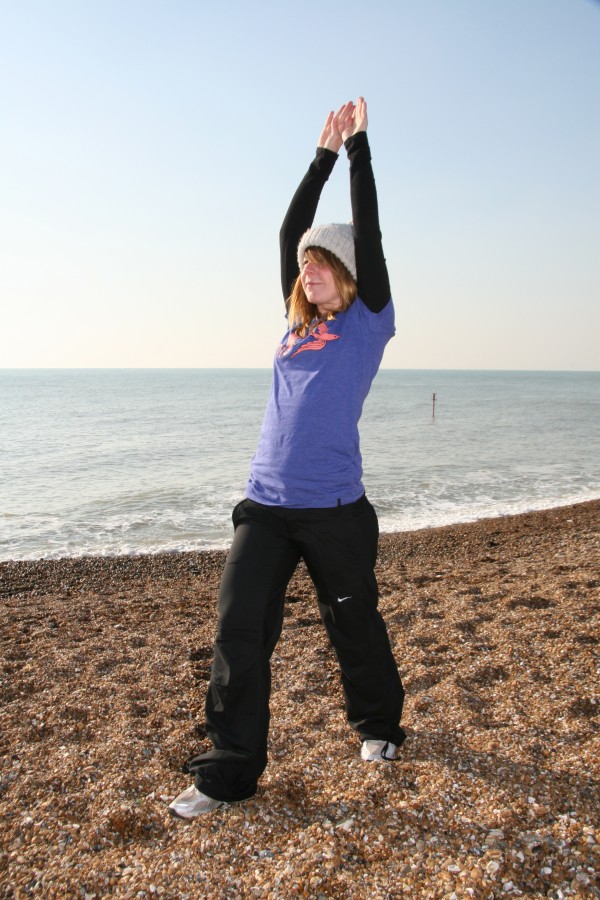
Remember to drink plenty of water to keep yourself hydrated. Nutrition wise, eat a balanced diet with plenty of carbs; this will give you the added energy your body will need in the cold weather, and protein to aid repair and recovery of your muscles.
Next Month I will be looking into a common windsurfing problem – cramps.


